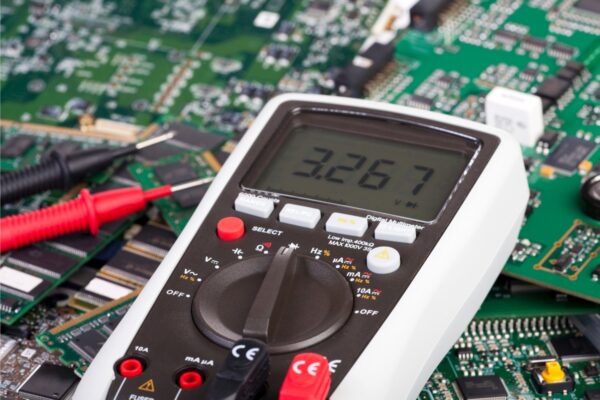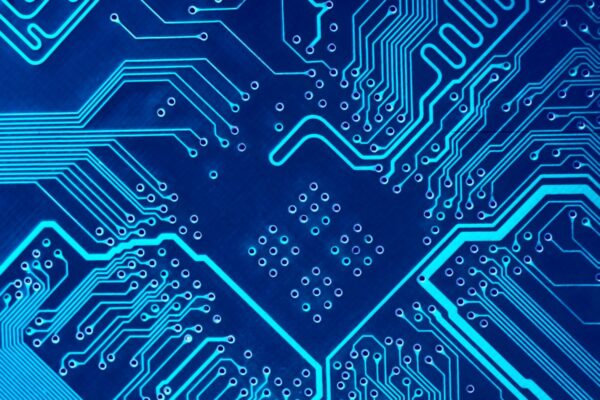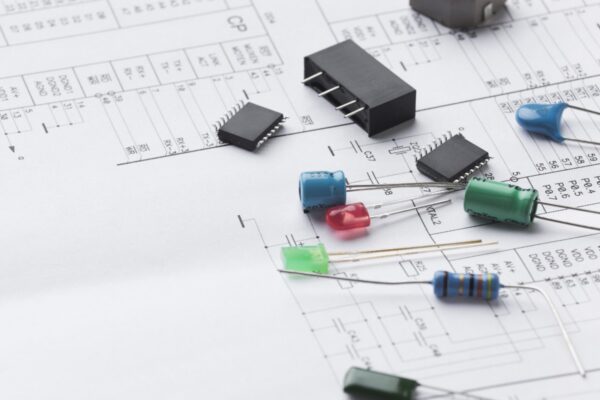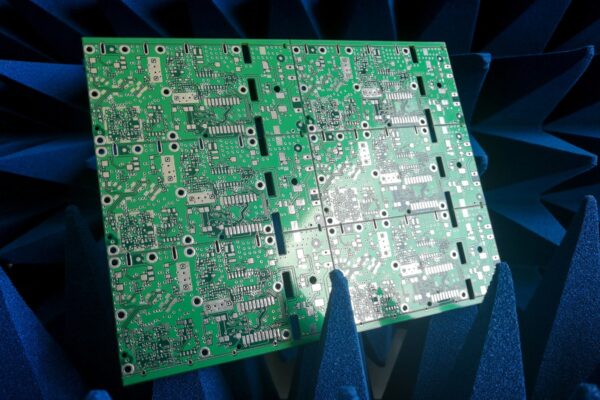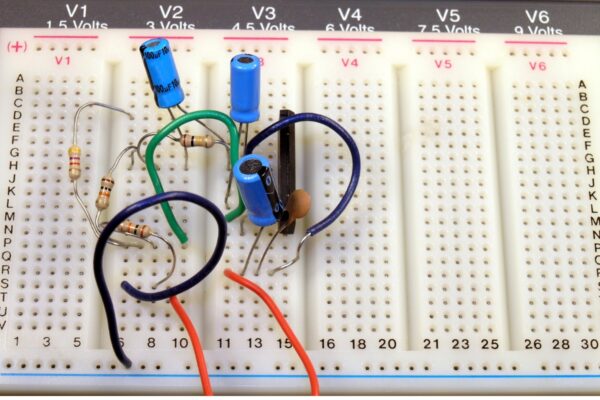What is Impedance
Impedance means the total opposition that an electric circuit exhibits when alternating current (AC) is applied to it. It is a combination of the capacitance and inductance of the circuit at high frequency. Unlike resistance, which is a characteristic of direct current (DC), impedance is an AC characteristic that is related to frequency.
Resistance is the inherent opposition to current flow in all materials, while reactance is the opposition to current flow resulting from the effect of capacitance and inductance in a circuit. In high-speed AC circuits, where there are sharp changes in voltage and/or current, the reactance and thus the impedance can become very significant.
Impedance plays a crucial role in the design and performance of PCBs, particularly in high-frequency applications. It affects the transmission and quality of signals within a circuit. Changes in impedance along the signal’s path from transmitter to receiver can have significant effects on both power transfer efficiency and signal integrity. To ensure optimal signal transmission, minimizing signal loss, and preventing electromagnetic interference (EMI), PCB designers need to carefully control and maintain the desired impedance. This involves techniques such as controlled impedance routing, impedance matching, and termination techniques.
Frequently Asked Questions
Why Is Impedance Important in PCB
The purpose of a PCB trace is to transmit signal power from the driver device to the receiving device. In order to achieve the maximum signal power, it is crucial to have matching impedances on the PCB. Therefore, impedance matching is necessary.
Why Is Higher Impedance Better
The higher impedance is advantageous because it incorporates more windings in a coil, leading to a superior motor system that requires fewer compromises. As a result, it delivers improved overall sound quality and enhanced bass reproduction.
Do I Want High or Low Impedance
Keeping impedance low and using quality cables are crucial factors in maintaining a wide frequency response in long lines. A high impedance line, when exposed to external electrical interference, behaves more like an “antenna” compared to a low impedance line. This issue becomes more pronounced as the length of the cable increases.
What Is the Purpose of Impedance
The concept of impedance serves a valuable purpose in conducting AC analysis of electrical networks, as it enables the correlation of sinusoidal voltages and currents through a straightforward linear equation.
What Happens if Impedance Is Too High
On the contrary, when the impedance of a speaker is excessively high, it may result in insufficient power from the amplifier to drive the speaker (although the speaker should still function properly with other amplifiers). This scenario arises when the speaker necessitates an 8-ohm impedance, but is connected to an amplifier with a rating of 4-ohms.
What Is the Tolerance for PCB Controlled Impedance
The tolerance for PCB controlled impedance is commonly referred to as “controlled dielectric”. The standard tolerance for controlled impedance is typically +/-10% or +/-5 Ohms (for values below 50 Ohms).
Does High Impedance Mean Open Circuit
In the field of electronics, when we refer to high impedance, it means that a specific point in a circuit, known as a node, permits a relatively limited amount of current to flow through it for each unit of voltage applied at that particular point.
